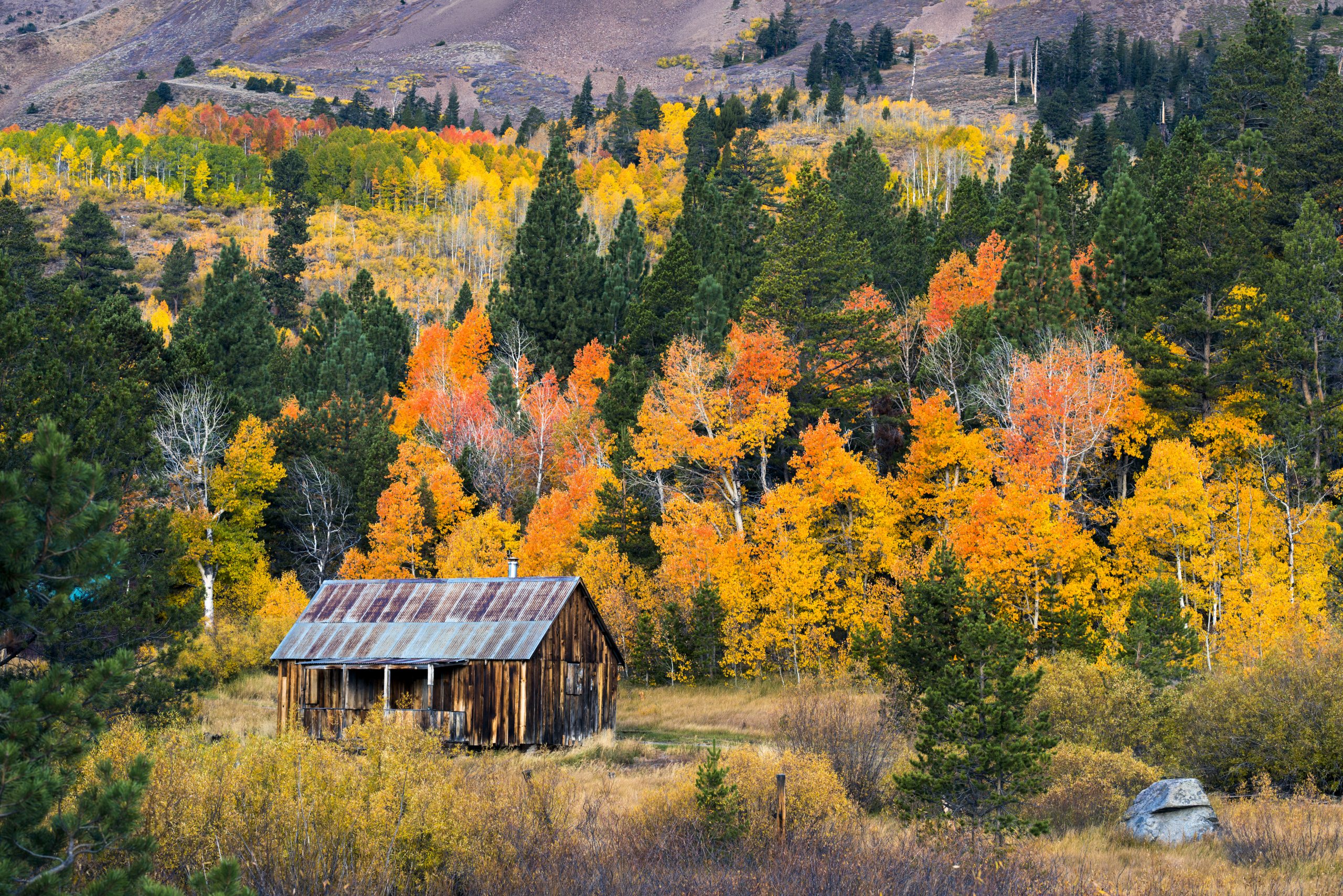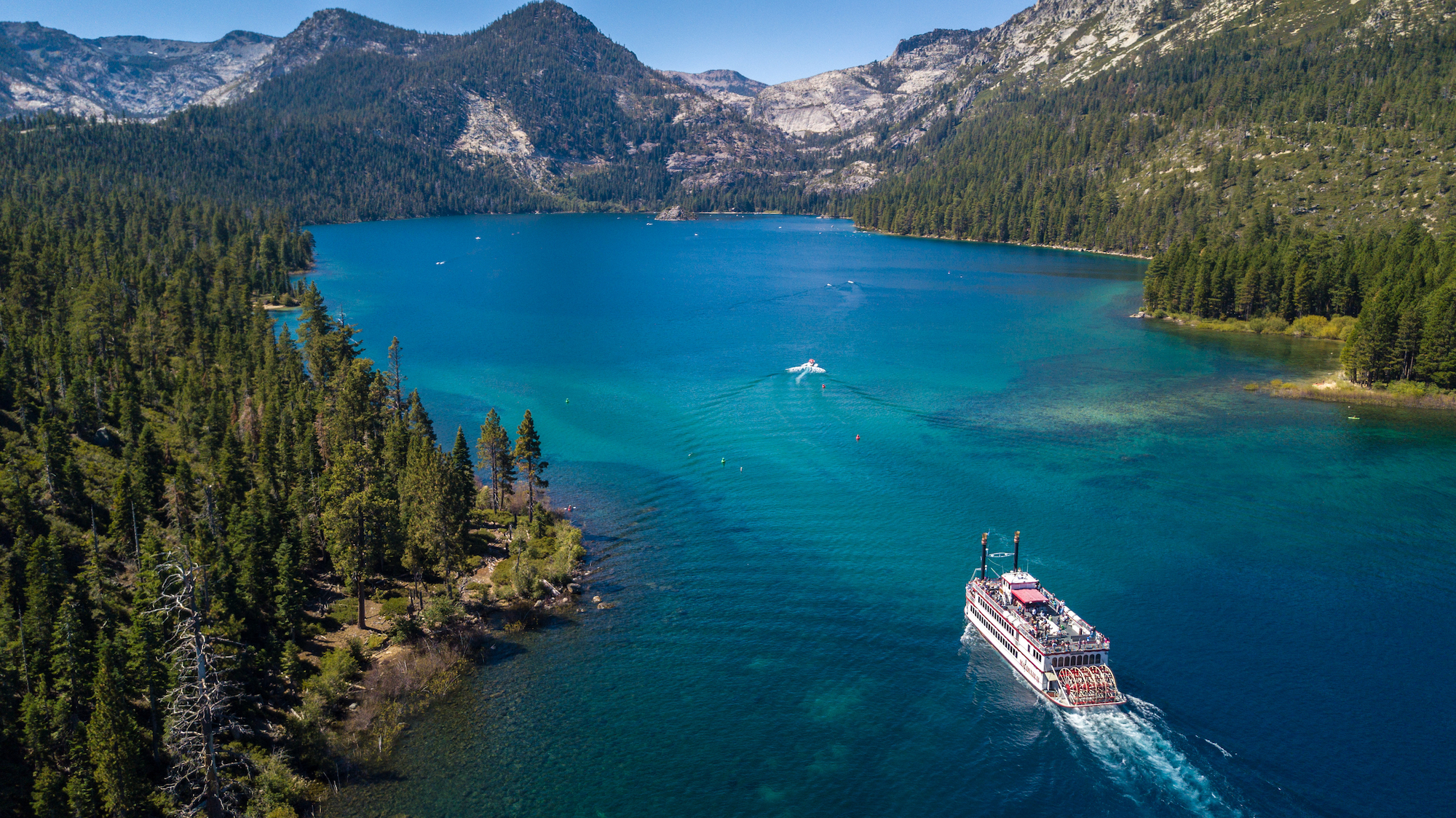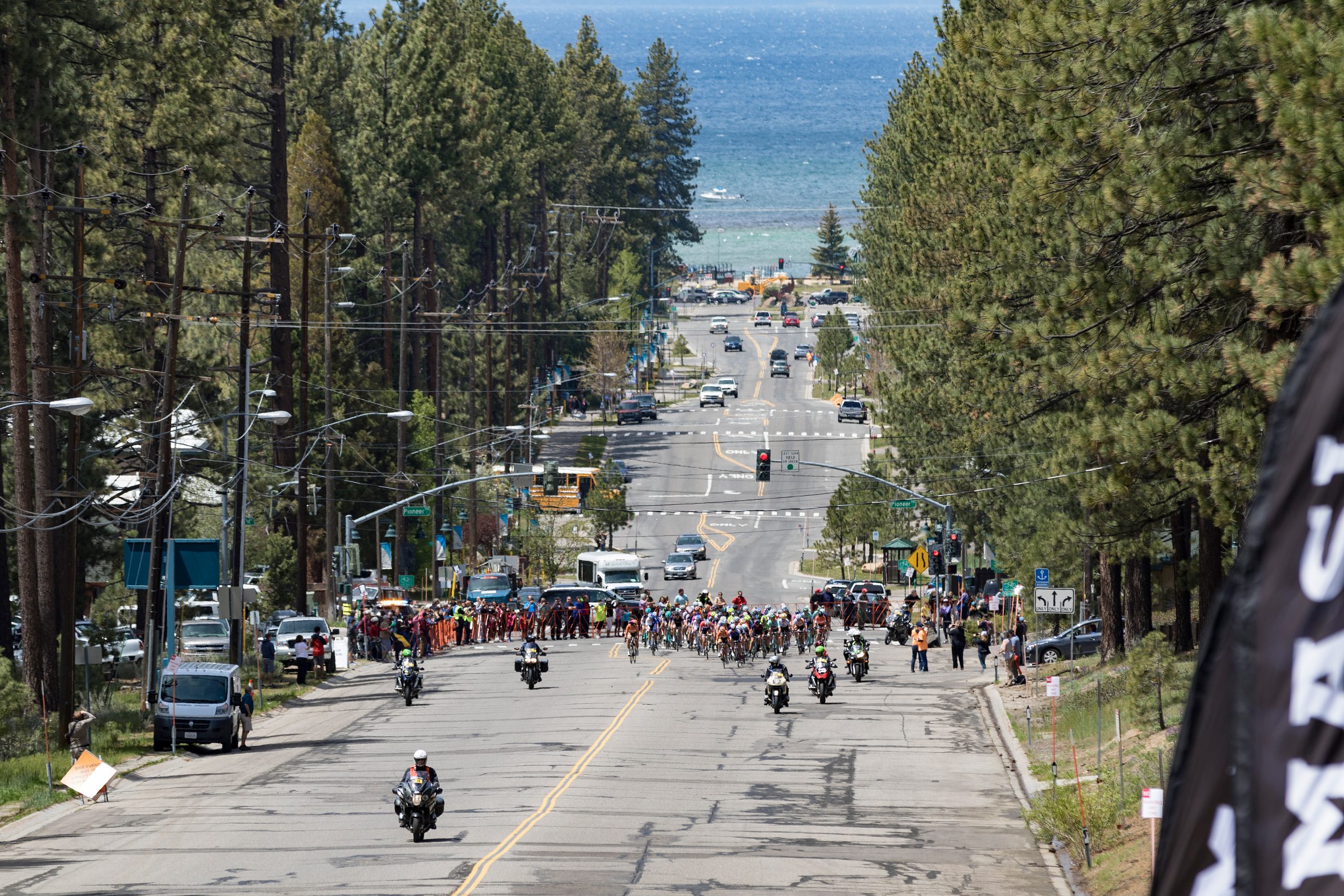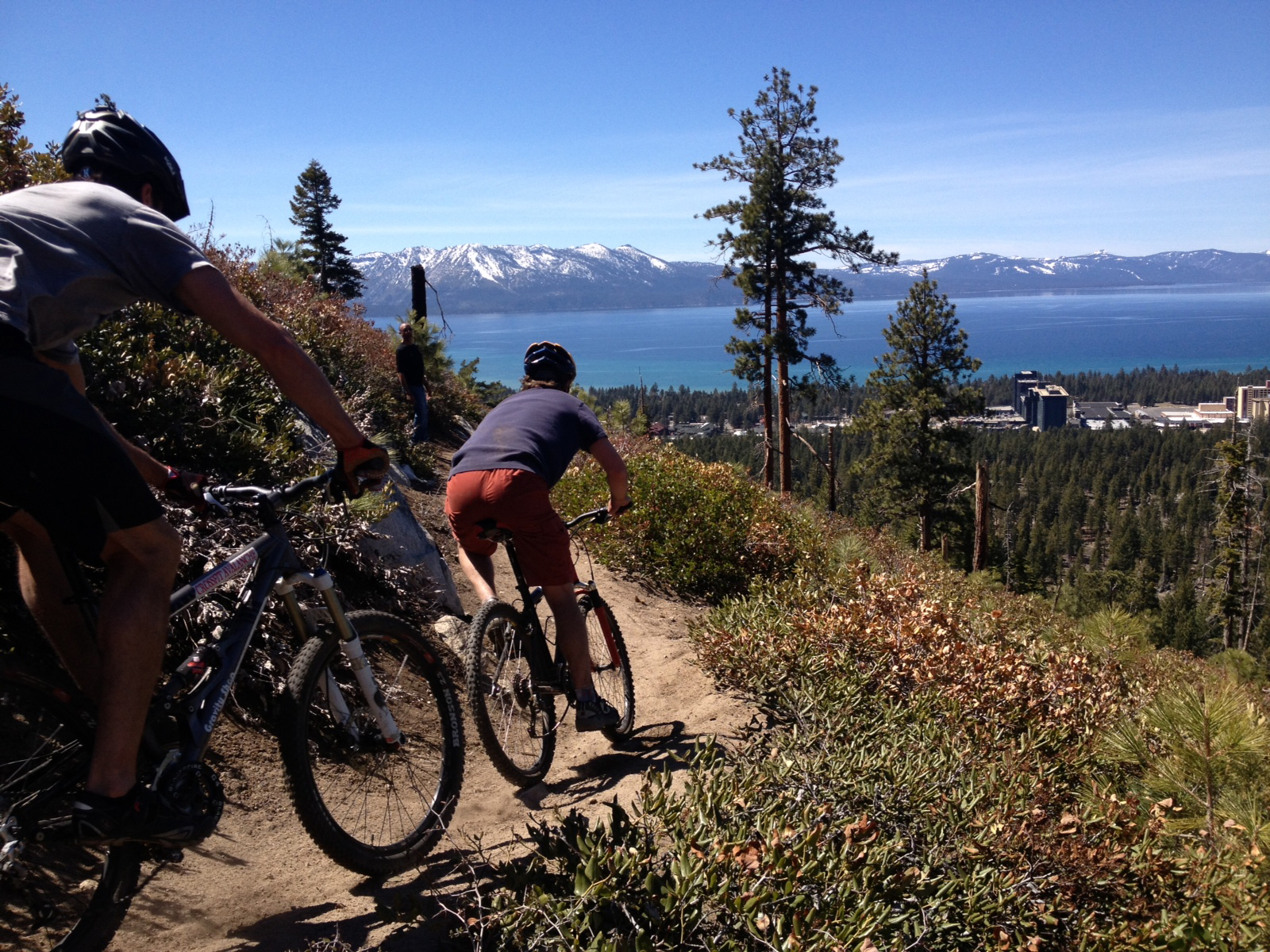Nestled in the Sierra Nevada Mountain range along the California-Nevada border, Lake Tahoe is a pristine freshwater gem known for its natural beauty, diverse activities, and rich history. From its indigenous roots with the Washoe Tribe to the era of European settlers drawn by the Comstock Lode and the subsequent tourism boom, Lake Tahoe’s past is a tapestry of change and preservation. Mesmerised by Lake Tahoe’s beauty, Mark Twain famously said “As it lay there with the shadows of the mountains brilliantly photographed upon its still surface, I thought it must surely be the fairest picture the whole earth affords.” Explore how the affluent of the roaring twenties spent their summers in this stunning region. This is just a glimpse of the profound historical tapestry waiting to be uncovered in South Lake Tahoe.
Today, Lake Tahoe’s vibrant history comes to life at different locations, providing visitors with immersive experiences. Beyond outdoor adventures, the area hides remarkable gems that unravel intriguing myths and legends, unveiling a distinctive historical narrative.
The Lady of the Lake
Cave Rock is a popular sunset viewpoint when reached by land, but a unique view emerges when approached by water via kayak or boat. To the Washoe tribe, this rock is sacred, once housing the Lady of the Lake, a revered guardian spirit. Gazing southward at Cave Rock reveals the Lady’s form, with her chest touching the water and her facial features etched into the rocks up to her “eyelashes.” Explore this cultural treasure from a different angle.
St. Francis of the Mountains
The charming St. Francis of the Mountains is often dubbed “Fallen Leaf Chapel.” Regardless of your faith, this cosy gem, nestled among Aspens, captivates with unique architectural beauty. Erected in 1923, it honours the patron saint of animals. Beyond its stone and pine exterior, you will discover intriguing relics like a cross from St. Grace in San Francisco, employed in the church following the 1906 earthquake. The church welcomes all visitors during the summer season.
Emerald Bay Underwater State Park
Explore Lake Tahoe’s hidden wonders beneath the surface through scuba diving. Dive into the iconic Emerald Bay, home to California’s first underwater state park since 2018, boasting the nation’s most extensive collection of underwater craft in their original location. Four underwater interpretative panels have been positioned at Emerald Bay’s dive sites, spanning depths of 10 to 60 feet, with waterproof interpretive cards accessible at visitor centres, dive shops, and the Sierra State Parks Foundation’s website for divers, who are encouraged to explore the trail with caution and adhere to safe diving practices, preferably accessing the remote location by boat due to Lake Tahoe’s frigid year-round snowmelt-fed waters.
Ski Run Boulevard
While Ski Run Road may seem linked to Heavenly Ski Resort, it was initially named for being an actual ski run. In 1947, before Heavenly’s inception, Lee and Daisy Miller operated a rope tow, Bijou Skyway Park, with one on Ski Run Blvd. Though not used for skiing now, you can envision its snowy past. To reach, travel southwest on Lake Tahoe Boulevard from the casino area, passing Lake Tahoe Vacation Resort on your right, and take a left onto Ski Run Boulevard, continuing until the road reaches an end.
Tallac Historic Site
From the late 1800s to the 1920s, Lake Tahoe attracted affluent Northern Californians seeking respite. The Tallac historic site housed its opulent summer retreats, including the Pope, Baldwin, and Valhalla Estates, within its 74-acre expanse.
The Flume Trail
Have you ever wondered about the source of Mark Twain’s inspiration for his writings about Lake Tahoe? Well, it all traces back to 1861 when Mark Twain ventured out West along Orion to the Nevada territory. During a hiking expedition from Carson City, he stumbled upon the iconic vista that showcased the pristine beauty of Lake Tahoe’s crystalline waters. If you’re interested in witnessing this breathtaking scenery for yourself, you can start your journey by parking at the Tunnel Creek Café and embarking on a 1.3-mile hike along the Tunnel Creek trail. Here, you’ll encounter the very view that Mark Twain eloquently describes. And for those who prefer not to rely on GPS, fret not, as there is an interpretive panel marking the exact location.
Pioneer Cemetery
The oldest part of South Lake Tahoe resides in the Al Tahoe neighbourhood by Regan Beach, with a history predating European settlers. The Washoe once summered along Lake Tahoe’s shores here. Early settlers avoided the area until John Calhoun established a shortcut to Placerville in 1850. By 1870, the Al Tahoe community, then called Rowland, thrived with a cemetery. This burial ground, ignored during Alameda Avenue’s paving, saw its last timely burial in 1959, with a reburial in 1975 that unearthed Arthur Hill’s remains. Over time, development, vandalism, and weathering reduced cemetery lots from eight to three. Discover more with Lake Tahoe Historical Society’s Al Tahoe History Hunt.





